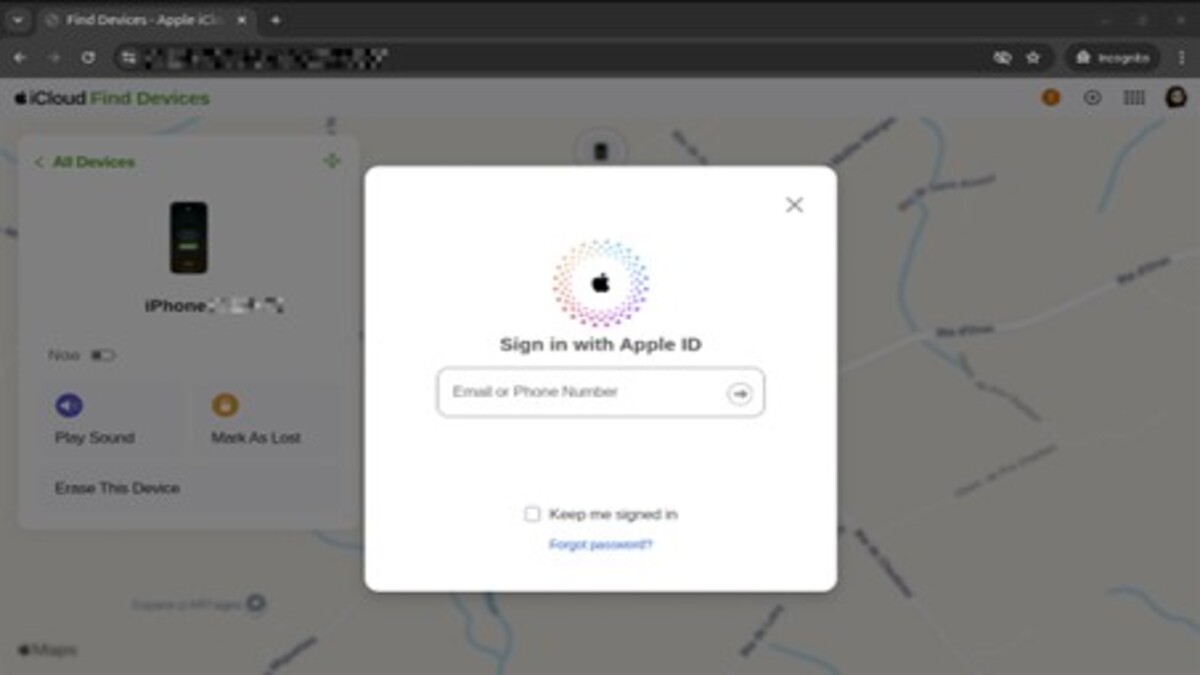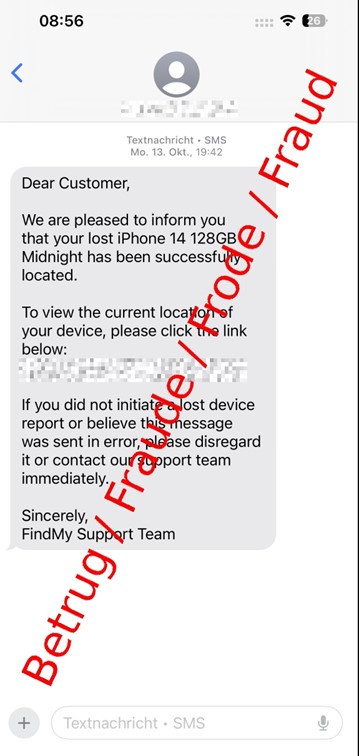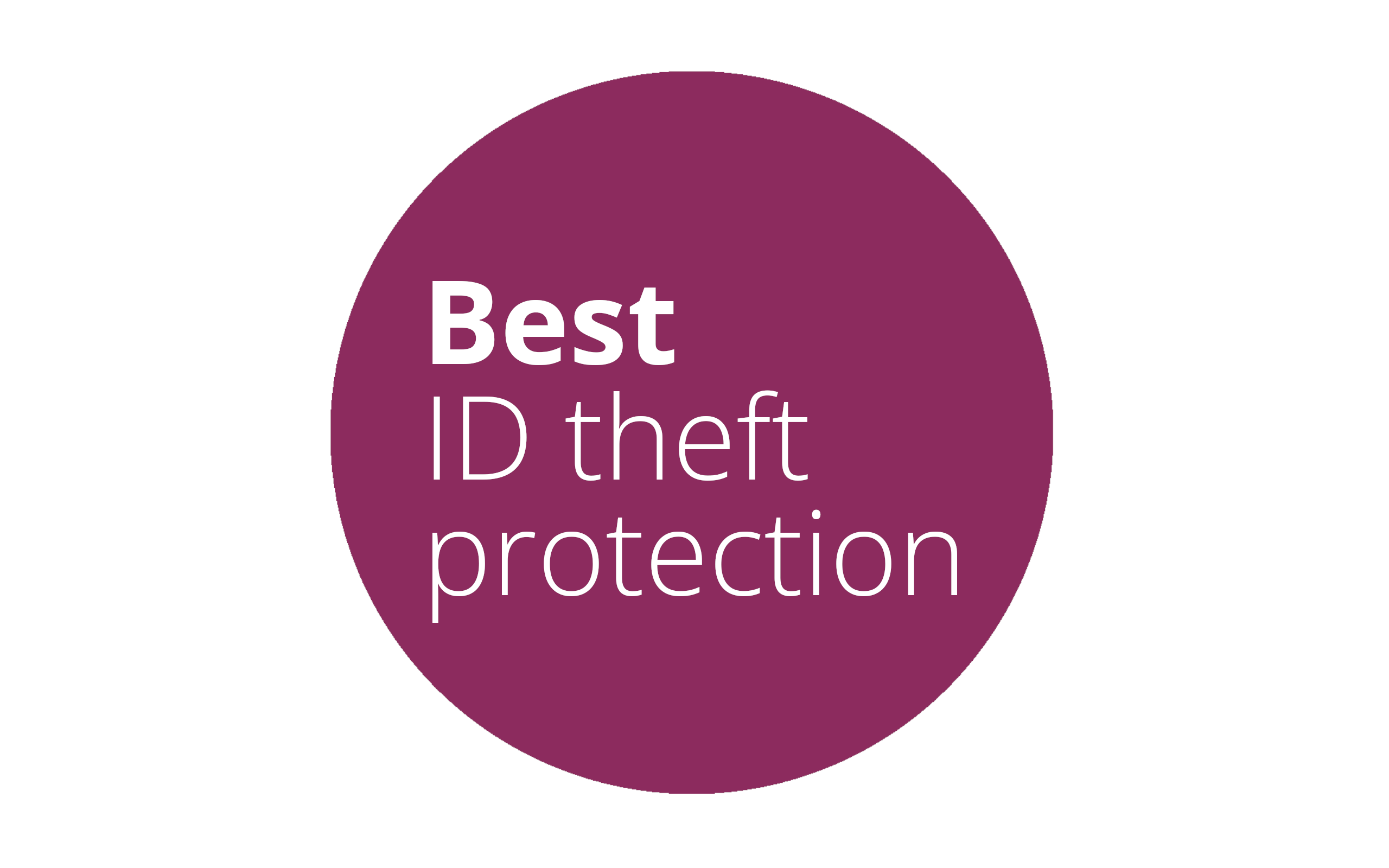Lost your iPhone? Make sure you don't make things worse by falling for this evil phishing text giving you hope
The scam looks like help from Apple, but hides a trap

- Scammers prey on hope, turning lost iPhones into gateways for identity theft
- A fake Apple message is all it takes to lose everything
- Cybercriminals exploit desperation, sending convincing “found phone” texts that steal data
Losing an iPhone is stressful enough, but cybercriminals have found ways to make the experience even worse.
The Swiss National Cyber Security Centre (NCSC) has warned a growing number of iPhone users are being targeted by phishing messages pretending to come from Apple’s “Find My” service.
These messages claim the missing iPhone has been located, offering what seems like a chance to recover the device.
How scammers exploit hope

In reality, it is a calculated attempt to steal Apple ID credentials and remove the built-in Activation Lock that keeps stolen devices unusable.
When an iPhone is reported lost through the Find My app, owners can display a custom message on the lock screen, often including a contact number or email.
This is meant to help honest finders return the device, but unfortunately, the same information can be abused, as fraudsters use it to send realistic-looking messages claiming that the missing phone has been found, sometimes months after the loss.
These messages often include accurate details such as the model and color of the device, making them appear legitimate.
Sign up to the TechRadar Pro newsletter to get all the top news, opinion, features and guidance your business needs to succeed!
The message then directs victims to a convincing fake Apple website that asks for their login details.
Once entered, scammers gain full access to the Apple account, allowing them to remove the Activation Lock and potentially resell the phone.
The fake notifications are sophisticated, often using language and design similar to Apple’s official messages.
They may even reference the exact model, such as “iPhone 14 128GB Midnight,” and claim the phone has been found abroad.
For victims still clinging to the hope of recovery, this emotional manipulation can be hard to resist.
This type of manipulation is why identity theft protection has become increasingly important for smartphone users.
If personal details or login data are exposed, the consequences go far beyond losing a device; they can lead to fraudulent purchases or unauthorized account access.
Apple has reminded users it never contacts by text or email to report a found device.
To stay protected, awareness remains the best form of defense, and the NCSC has made some recommendations to protect users.
Anyone receiving such a message should delete it immediately without clicking any links.
Activating Lost Mode through iCloud or another Apple device remains the safest step after losing an iPhone.
Users should also keep their SIM cards secured with a PIN and avoid displaying personal contact details publicly on their lock screens.
Using the best antivirus software can help detect malicious links or apps that might appear later as part of similar scams.
Also, keeping firewall protection enabled on your devices and networks reduces exposure to online threats.

➡️ Read our full guide to the best identity theft protection
1. Best overall:
Aura
2. Best for families:
IdentityForce
3. Best for credit beginners:
Experian IdentityWorks
Follow TechRadar on Google News and add us as a preferred source to get our expert news, reviews, and opinion in your feeds. Make sure to click the Follow button!
And of course you can also follow TechRadar on TikTok for news, reviews, unboxings in video form, and get regular updates from us on WhatsApp too.

Efosa has been writing about technology for over 7 years, initially driven by curiosity but now fueled by a strong passion for the field. He holds both a Master's and a PhD in sciences, which provided him with a solid foundation in analytical thinking.
You must confirm your public display name before commenting
Please logout and then login again, you will then be prompted to enter your display name.